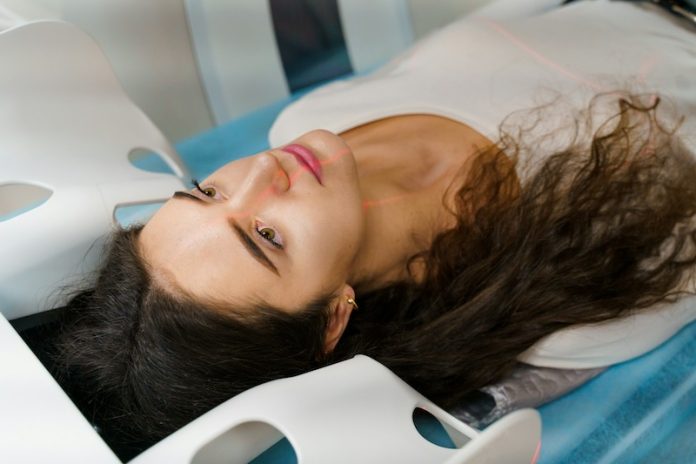
When someone has a stroke because of a blood clot blocking a major artery in their brain, doctors often perform surgery to remove the clot.
This surgery can save lives and prevent lasting harm to the brain. But before the surgery, a simple adjustment to how patients are positioned might make a significant difference in their recovery.
In a recent study shared at a major stroke conference, researchers found that laying stroke patients flat on their back before this surgery could improve their brain function.
This finding is crucial because, until now, these patients were usually placed with their heads slightly raised.
Strokes caused by clots blocking big arteries are serious and can lead to major problems, like difficulty speaking, moving, or even permanent brain damage.
The surgery to remove the clot is called thrombectomy, and it’s a race against time to save as much of the brain as possible.
The study’s lead researcher, Anne W. Alexandrov from the University of Tennessee, explained that there are often delays in getting patients to surgery.
These delays can be due to hospital procedures, the arrival of many patients at once, or the need to transfer a patient to a different hospital.
During this waiting time, it’s crucial to keep as much blood flowing to the brain as possible to prevent further damage.
Most stroke patients waiting for surgery are placed in beds with the head part slightly elevated.
However, Alexandrov’s team thought that laying patients flat might improve blood flow to the brain through gravity, especially through the blocked artery. To test this idea, they conducted a study called ZODIAC.
In this study, they used a special scale to measure the stroke’s severity and see if the patients’ conditions got worse or stayed the same based on how their heads were positioned. They compared patients whose heads were laid flat to those with their heads slightly raised.
The results were promising. Patients lying flat showed better stability and even some improvement in their condition before the surgery compared to those with raised heads.
Surprisingly, this benefit was still noticeable a day after surgery and at the point of either seven days later or when they left the hospital, even though the surgery itself usually leads to significant improvements.
Three months after the surgery, there was no difference between the two groups, which shows how effective the surgery is.
But the fact that patients could leave the hospital with less disability and potentially need less rehabilitation is a big win.
Because of these findings, the team decided to stop enrolling new patients in the study earlier than planned.
This simple change in how patients are positioned could be an easy and cost-effective way to help stroke patients recover better, emphasizing the importance of thinking about every aspect of patient care, even the simplest things like how they are laid in bed.
If you care about stroke, please read studies that diets high in flavonoids could help reduce stroke risk, and MIND diet could slow down cognitive decline after stroke.
For more information about nutrition, please see recent studies about antioxidants that could help reduce the risk of dementia, and tea and coffee may help lower your risk of stroke, dementia.
Copyright © 2024 Knowridge Science Report. All rights reserved.



